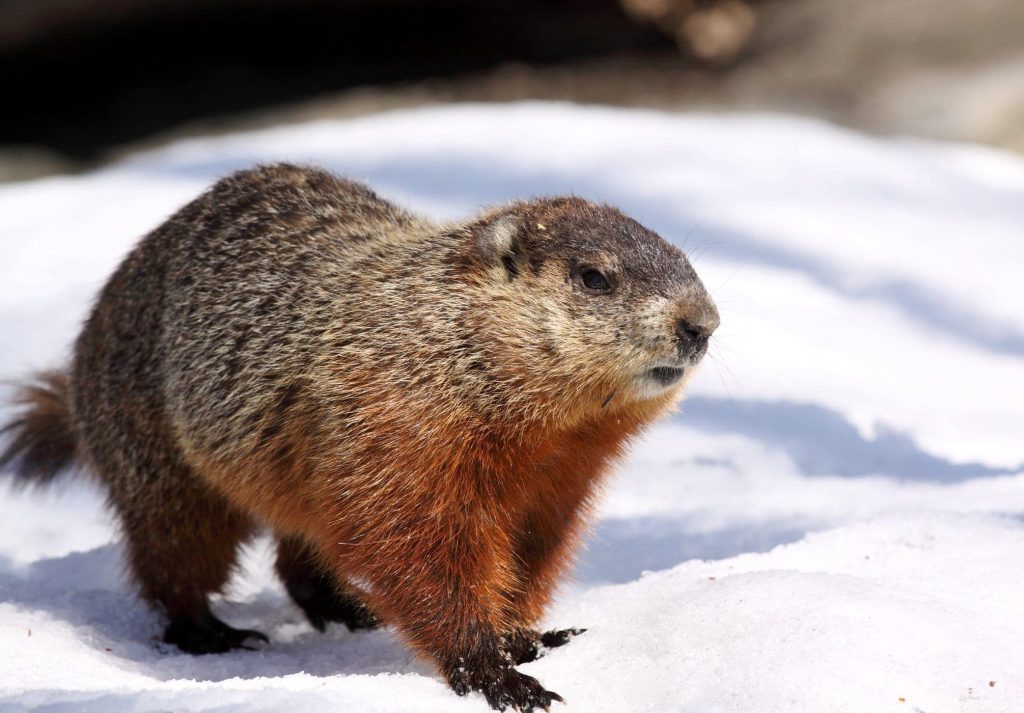Imagine a day when a furry little creature predicts the weather, captivating hearts and sparking conversations across the nation. Groundhog Day, celebrated every February 2nd, is precisely that—a quirky yet cherished tradition with deep roots in European folklore and North American history. This peculiar holiday hinges on the belief that if a groundhog sees its shadow upon emerging from its burrow, winter will stick around for another six weeks. No shadow? Spring is supposedly right around the corner. Originating from the Celtic festival of Imbolc and the Christian feast day of Candlemas, this tradition was a way for our ancestors to inject a bit of fun and mystique into the long, cold winter months. Fast forward to 1887 in Punxsutawney, Pennsylvania, and you have the first official Groundhog Day celebration, featuring the now world-famous Punxsutawney Phil. From its humble beginnings, this event has grown into a nationwide phenomenon, complete with its own lore, festivities, and even a hit movie. But how did a simple rodent weather forecast turn into a beloved annual celebration?
Key Takeaway
Timeline
Day Activities
-
Morning Rituals: Crack of dawn, enthusiasts gather in Punxsutawney, Pennsylvania, brimming with anticipation. Eyes glued to Gobbler's Knob, they await Punxsutawney Phil's grand entrance. Legend has it, if this furry critter spots his shadow, brace yourselves for more frosty days; no shadow, however, signals an early spring. It's a spectacle that turns everyone into a weather prophet for the day.
-
Festive Activities: Post-prediction, the day's far from over. Townsfolk and visitors alike dive into a whirlwind of activities. From savoring groundhog-themed treats to engaging in quirky games, there's no shortage of fun. Some areas even host educational workshops or storytelling sessions, shedding light on the holiday's rich history and cultural significance.
-
Evening Celebrations: As twilight descends, the festivities reach their zenith. Communities often organize banquets or dances, offering a chance to mingle and reflect on the day's events. Whether Phil predicts an extended winter or an imminent spring, the spirit of camaraderie and tradition keeps everyone's spirits high, marking another memorable Groundhog Day.
Why We Love This Day
-
Celebration of folklore and tradition: Groundhog Day is a unique blend of European folklore and North American customs, making it a fascinating celebration of cultural heritage. This day offers a quirky yet charming glimpse into how weather predictions were made before the advent of modern meteorology. Plus, who wouldn't get a kick out of a furry critter predicting the weather?
-
Community and festivity: Across the United States and Canada, towns come alive with festivities, especially in Punxsutawney, Pennsylvania, where the most famous groundhog, Punxsutawney Phil, makes his highly anticipated prediction. It's a day that brings communities together, filled with fun events, parades, and, of course, groundhog-themed activities. Everyone's in high spirits, waiting to see if winter will stick around or if spring is just around the corner.
-
Pop culture phenomenon: Thanks to the hit 1993 movie "Groundhog Day," starring Bill Murray, this holiday snagged a spot in pop culture history. The film not only popularized the holiday beyond its traditional roots but also introduced the concept of "living the same day over and over" into common vernacular. Now, Groundhog Day is synonymous with both a weather-predicting rodent and the idea of infinite do-overs, making it a staple in American culture and conversations.
Past & Future Dates
| Month | Day | Year |
|---|---|---|
| FEBRUARY | 2 | 2022 |
| FEBRUARY | 2 | 2023 |
| FEBRUARY | 2 | 2024 |
| FEBRUARY | 2 | 2025 |
| FEBRUARY | 2 | 2026 |
| FEBRUARY | 2 | 2027 |
| FEBRUARY | 2 | 2028 |
FAQ
Why do we celebrate Groundhog Day on February 2?
Well, the story traces back to the Pennsylvania Dutch, folks who hailed from German-speaking regions in Europe. They brought over a tradition initially known as Candlemas, celebrated on February 2. Dubbed "Badger Day" or Dachstag in German realms, it revolved around a quirky belief. If a badger, stepping out into the sunlight, cast a shadow, it was seen as a forecast predicting four additional weeks of winter's chill.
What does it mean if a groundhog sees its shadow on February 2?
Here's the scoop: If Mr. Groundhog, on Feb. 2, spots his own shadow because of the sun shining bright, legend says we're in for six more weeks of winter weather. However, should the day be overcast, with no shadow in sight, hope springs eternal for an early arrival of spring.
What is Feb. 2 groundhog?
Ah, February 2nd stars the groundhog, also known around town as the woodchuck. According to age-old lore, this special day is his moment in the sun — literally. If he spots his shadow, brace yourselves for six more weeks of winter coats and hot cocoa. No shadow? Well, you might just get to break out those spring jackets early.
Is the United States the only country that observes the unusual holiday of Groundhand Day?
Yep, Groundhog Day is a uniquely American tradition, observed with much anticipation and fanfare on February 2nd each year. It stems from folklore that pinpoints this day as a meteorological moment of truth, thanks to a shadow-seeking rodent, which supposedly predicts the upcoming weather. Six more weeks of winter if it sees its shadow, but if not, spring could come early. Talk about weather forecasting the old-fashioned way!
